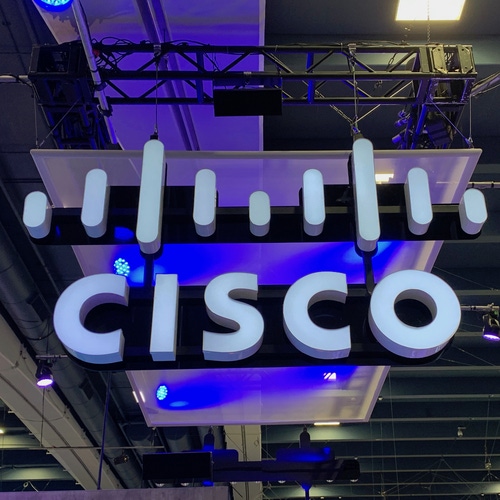Cisco buys Exablaze, a maker of Field Programmable Gate Array (FPGA) technology, potentially useful in 5G and edge applications, though Cisco says the primary market now is high-speed financial trading.

Cisco got itself a little stocking stuffer for the holidays, snapping up Exablaze, a 31-person Australian networking company specializing in Field Programmable Gate Array (FPGA) technology for ultra-low-latency applications such as high-frequency trading and emerging telco services such as 5G and edge.
Exablaze supplies ultra-low-latency Layer 1 FPGA-based switches and network interface cards (NICs) as well as picosecond resolution timing technology, Cisco says in a statement.
In addition to high-frequency trading, Exablaze has applications in artificial intelligence, machine learning, high-performance computing, data center, cloud and edge computing, Cisco says. Exablaze customers include Goldman Sachs, Morgan Stanley, JP Morgan, Bank of America and RBC.
"In the case of the high frequency trading sector, every sliver of time matters. By adding Exablaze's segment leading ultra-low latency devices and FPGA-based applications to our portfolio, financial and [high-frequency trading] customers will be better positioned to achieve their business objectives and deliver on their customer value proposition," Rob Salvagno, Cisco VP corporate development and investments, says in a blog post.
The two companies did not disclose terms of the deal. Cisco says it anticipates the "vast majority" of Exablaze employees will join Cisco.
Learn more about networking chips at Light Reading's chips content channel.
Though Cisco emphasized high-frequency trading in explaining its reasons for the deal, FPGA networking technology such as Exablaze's has service provider applications as well, notes Heavy Reading analyst Jennifer Clark. These include 5G, AR, VR and Internet of Things, as well as healthcare and any other edge applications -- anything requiring ultra-low latency.
The acquisition is potentially complementary to the vendor's big Cisco Silicon One announcement last week, Clark notes. Cisco introduced new silicon to provide a single hardware architecture spanning line cards, switches and high-capacity routers, which now require multiple separate architectures. Silicon One will slash development and opex costs, Cisco claims. Cisco also introduced a streamlined network operating system and an optics strategy to complement the new silicon, as well as a new business model -- Cisco is getting into components, in addition to its traditional business selling complete networking products and solutions.
"Cisco is saying they're only going to focus on the areas that let them differentiate -- silicon, optics and software. Exablaze gives them a combination of two of those areas -- silicon and software," Clark says.
Cisco will add Exablaze's FPGA-based L1 switches and low-latency NICs to Cisco's Nexus switching portfolio, complementing Cisco's existing L2/3 switching products, Cisco says.
The Exablaze deal is Cisco's sixth acquisition this year. It announced its $2.6 billion Acacia acquisition in July, which disrupts the optical market, making Cisco the key supplier of coherent optical interconnect components -- embedded modules, pluggable modules and semiconductors.
— Mitch Wagner ![]()
![]()
![]()
![]() Executive Editor, Light Reading
Executive Editor, Light Reading
About the Author(s)
You May Also Like











